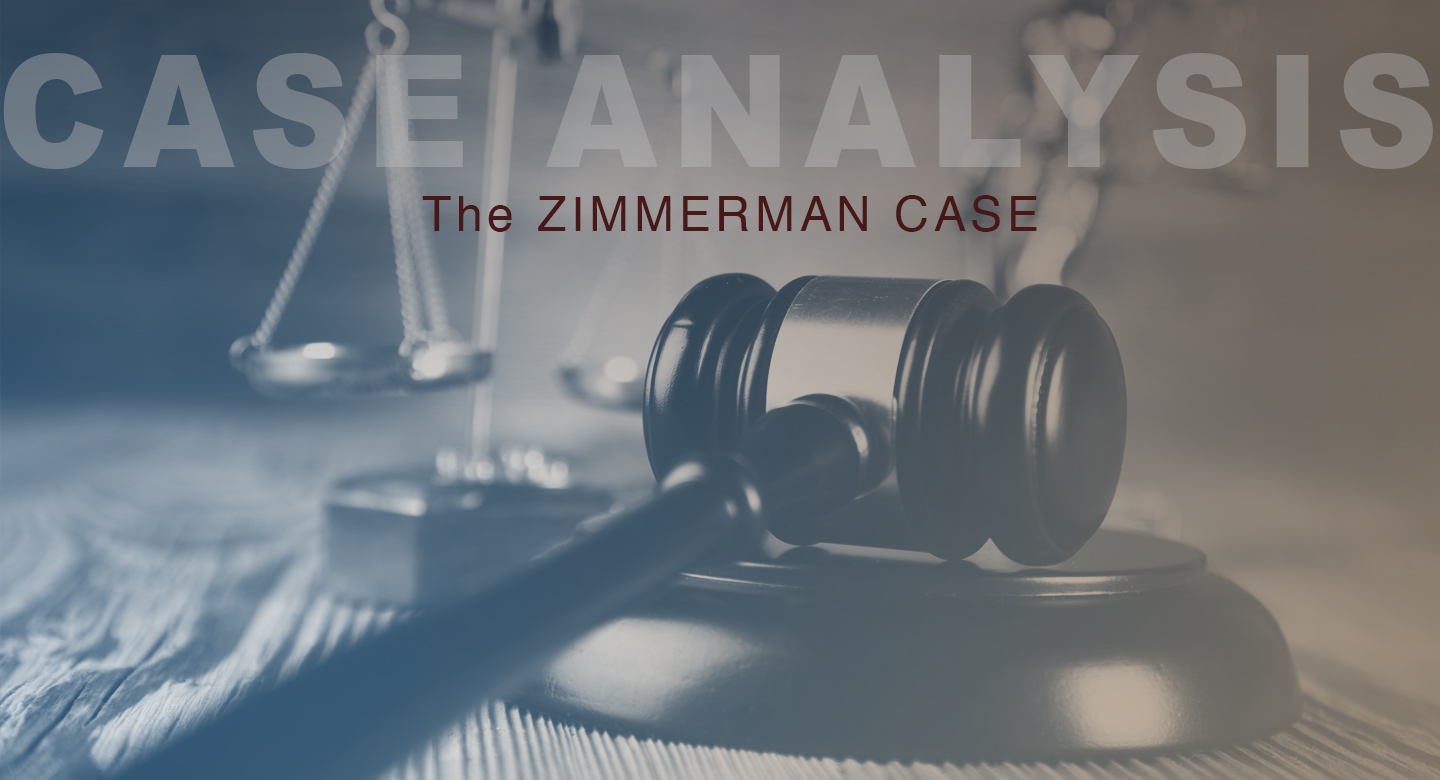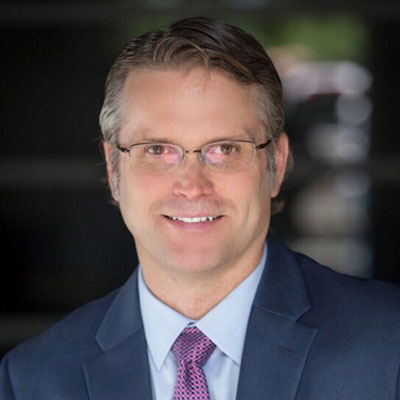
Posted on December 21, 2017
Legal Case Analysis: The Zimmerman Case- Media Coverage and Political Pressure
Zimmerman Case — Episode 6 — Media Coverage and Political Pressure
There may never be a self-defense case that garners the same media coverage and political pressure as the Zimmerman case, but since the Zimmerman verdict, self-defense has remained a controversial topic, and stories about self-defense shootings have been more likely to make the news.
When a case does fall into the media spotlight, the public attention affects every aspect of the defense — from how a case is charged, to the terms of the bond; from jury selection to closing arguments.
Inflated Charges
In the Zimmerman case, it could be argued that if the shooting had not received national attention, Zimmerman would have never been charged. Amid the growing outrage and demands for Zimmerman’s arrest, a grand jury was being assembled to look at the evidence and decide whether or not to charge Zimmerman. As tension built, however, politicians intervened. The Florida Attorney General appointed a political ally as special prosecutor, and Angela Cory took over the case. She promptly called off the grand jury and charged the case herself.
Cory charged Zimmerman with 2nd degree murder, which many legal analysts agreed was a stretch. She chose to announce the charges at a press conference that was aired live to millions of homes, and it seemed clear that it was a move to appease the growing numbers of people who were demanding an arrest.
The Shadow Prosecutor
Chief amongst those calling for the arrest of Zimmerman was Martin family attorney Benjamin Crump. It was his efforts that raised the story the national stage, and he appeared on television almost daily demanding an arrest.
Crump disseminated evidence to the news media. He declared that “George Zimmerman profiled, pursued, and shot Trayvon Martin through the heart.” He made wild speculations that the press repeated as fact. He painted a portrait of Zimmerman as a racist murderer, and it resonated with millions of people across the country.
Moreover, Crump became so involved in the criminal investigation of the case that he actually became a witness. The defense team alleged that Crump coached a key witness, Rachel Jeantel, and they drew attention to the unorthodox way that Jeantel was first interviewed by investigators.
While the State Attorney prepared to try a case against Zimmerman in the courtroom, Crump aggressively tried the case in the court of public opinion.
Judicial Discretion
When a case is high-profile, its not just the defendant and the lawyers that fall in the spotlight. The judge — very often an elected judge — is under scrutiny as well. It is not unfair to suggest that even judges may modify their behavior when they know there are cameras in the courtroom.
In the Zimmerman case, there were some decisions from that bench that, arguably, could have been influenced by the public pressure placed on the case.
Tainted Jury
The pretrial publicity in the Zimmerman case was unrivaled, and the challenge of picking jurors who hadn’t heard about the case proved impossible. During jury selection, one potential juror expressed that someone would have to have been living under a rock not to have heard of the case. The best the defense could hope for was a jury that was honest, and that was willing to forget what they had heard and focus only on the evidence presented at trial.
It proved a tall order. Lawyers from both sides spent days interviewing one juror at a time regarding pre-trial publicity. The defense also employed social media jury investigations, and in the process they identified three jurors that had expressed a disposition against Zimmerman online, yet suggested in court that they had no opinion. Had one of those potential jurors made it on the panel, they could have hung the jury, or delivered a conviction.
I hope this case analysis of the Zimmerman trial has been helpful to you in terms of thinking ahead, and looking for lessons learned. We have many more cases coming soon, some with similar outcomes, and some with very different outcomes, but all with lessons learned. Thank you and stay safe!
Editors Note: Not all the views in this article reflect the views of CCW Safe.
-

-
Mike Darter
Mike was a police officer in Oklahoma City from 1991-2001, and a federal contractor for the DOJ from 2001-2011. During his career, Mike investigated and testified in hundreds of violent crimes, including shootings, homicides, and other violent felony crimes. Mike was involved in a shooting as a police officer and went through a lawsuit from that shooting. The lawsuit was later dismissed, but his experience is what led to the creation of CCW Safe.